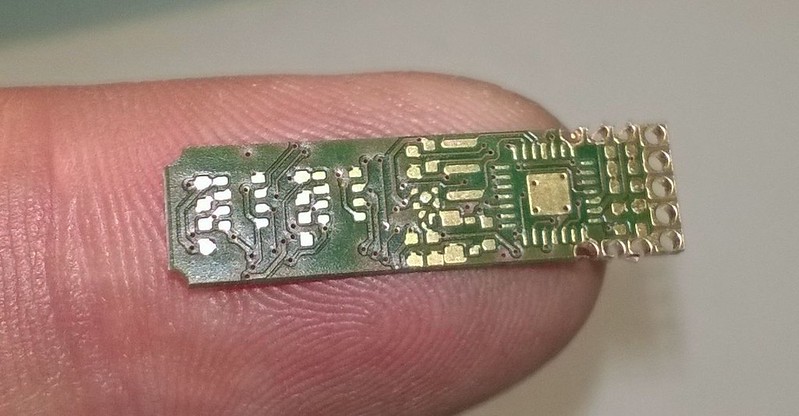rolfz wrote:Thank you for the correction, I have implemented it, and ppm seems to work not.
Can you just tell me what is the best setup on Taranis for the Sensivity ? Potentiometer like S1/S2 and what setup ? linear from -100 to + 100 ? my impression now is that there is a variation close to middle point, on mine showing 20 and then it moved both sides to 100 which is explained in the documentation (abs value).
You said "I have implemented it, and ppm seems to work not.".
I presume that you intend "I have implemented it, and ppm seems to work now".
OXS allows to change vario sensitivity (using PPM) but this is just an option.
I think that using the default setting is already very good.
The default setting is configured with those lines:
#define SENSITIVITY_MIN_AT 100
#define SENSITIVITY_MAX_AT 1000
#define SENSITIVITY_MIN 50
#define SENSITIVITY_MAX 300
This means that when the absolute value of Vertical speed is less or equal to 100 cm/sec, the sensitivity will be 50 which give a good response time and not to many jumps.
The 2 other parameters ( 1000 and 300) are just there to allow a faster reaction when vertical speed is high.
I think that many users do not need/want to modify the vario sensitivity during the flight.
They just set up a value in the config.
Without using PPM you could already experiment changing sensitivity just by replacing the parameter MIN (currently 50) by another one.
I think you could experiment with values between 20 and 150. Never use a value higher that 999 because the vario will be unstable.
Anyway, the PPM option exist and normally work.
It is up to you to choice how to adjust sensitivity on TX. You can use any pot or even some switch.
You just have to apply some mixer on a channel. In order to control the OXS sensitivity, the output of the mixer must be between the parameters set in lines
#define SENSITIVITY_MIN_AT_PPM 10 // sensitivity will be changed by OXS only when PPM signal is between the specified range enlarged by -5 / +5
#define SENSITIVITY_MAX_AT_PPM 40
Please note that I did used values 10 and 40 (and not 0 - 100) in order to keep (range of) values for the other functions controlled PPM.
For sure you have to take care that the values for different funtions does not overlap each other.
That is the reason why the values for electronic compensated vario are set in following way:
#define COMPENSATION_MIN_AT_PPM 60
#define COMPENSATION_MAX_AT_PPM 90
and the value for airspeed reset is
#define AIRSPEED_RESET_AT_PPM 100
Please note also that OXS will apply the same sensitivity (or compensation) if the channel send a positive or a negative value. OXS uses the absolute value from the channel (e.g. channel -45 gives same result as +45). This has been done in order having the possibility to switch between 2 vario sources with a switch and still keepingsimultanously the control of sensitiviy or compensation by a Pot or another switch.
In order to have simultanously control of sensitivity and compensation would require some complex mixing where you would continously alternates (e.g. every seconde) on the mixer the value for sensitivity and compensation.
With those 2 lines
#define SENSITIVITY_MIN_AT_PPM 10 // sensitivity will be changed by OXS only when PPM signal is between the specified range enlarged by -5 / +5
#define SENSITIVITY_MAX_AT_PPM 40
OXS will recognise that it has to adapt vario sensitivity when the PPM channel value is between 10 and 40 (in fact 6 and 44 due to some internal tolerances).
You still have to inform OXS which sensitivity you want when PPM is 10 and which one you want when PPM is 40.
This is done by the 2 other lines:
#define SENSITIVITY_PPM_MIN 20 // common value for vario is 20
#define SENSITIVITY_PPM_MAX 100 // common value for vario is 100
So here the sensitivity can be adjusted to any value between 20 and 100. If you want, you can change here the range of sensitivity if you want to experiment a larger range.
I hope this is clear enough.
If not just ask for.
